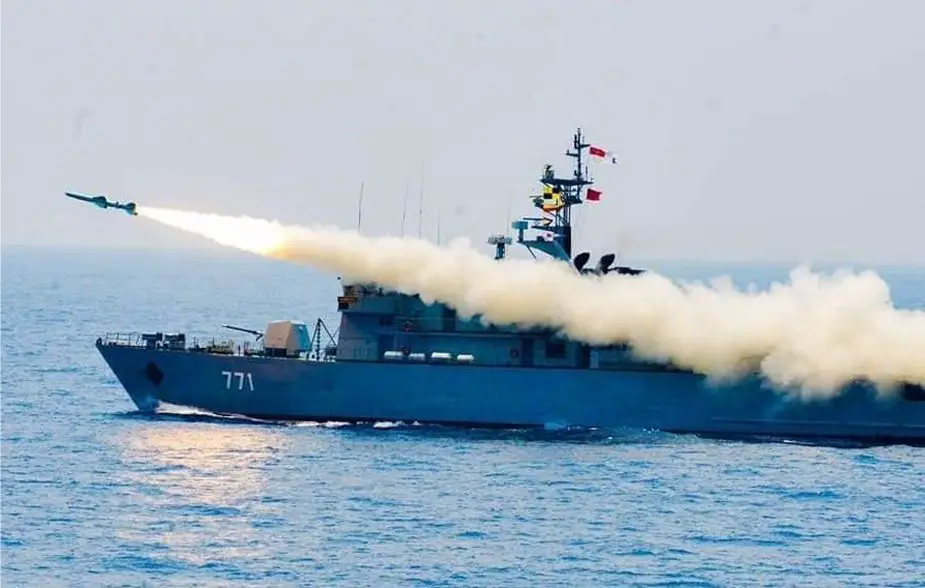Breaking news
Myanmar may interest to acquire Brahmos cruise missile.
According to information published by Tass on August 2, 2022, Myanmar might purchase Russian-Indian BrahMos supersonic anti-ship cruise missiles, which are being manufactured by the two countries’ joint venture BrahMos Aerospace, by borrowing money from the Indian government.
Follow Navy Recognition on Google News at this link
 Myanmar Navy's Anawrahta-class corvette Anawrahta launching C-802 anti-ship cruise missile (Picture source: IndoPac_Info)
Myanmar Navy's Anawrahta-class corvette Anawrahta launching C-802 anti-ship cruise missile (Picture source: IndoPac_Info)
BrahMos is a supersonic cruise missile manufactured by BrahMos Aerospace — a joint Russian-Indian venture. It was designed by the Russian NPO Mashinostroyenia in partnership with the Indian Defense Research and Development Organization (DRDO). The missile’s first test launch took place in 2001, and today its various versions are operated by the Indian Air Force, Navy, and Army.
The company is based in New Delhi. The nametag “BrahMos” is formed by combining the names of two rivers — the Brahmaputra in India and the Moskva in Russia.
According to open source intelligence, the Myanmar Navy already has five types of anti-ship cruise missiles: the Chinese-made C-801, C-802, C-802A, HY-2, and the Russian-made Kh-35U.
About the Kh-35 missile
The Zvezda Kh-35 is a Soviet turbojet subsonic cruise[8] anti-ship missile. The missile can be launched from helicopters, surface ships, and coastal defense batteries with the help of a rocket booster, in which case it is known as Uran or Bal. It is designed to attack vessels up to 5,000 tonnes.
The Kh-35 missile is a subsonic weapon featuring a normal aerodynamic configuration with cruciform wings and fins and a semisubmerged air duct intake.
The propulsion unit is a turbofan engine. The missile is guided to its target at the final leg of the trajectory by commands fed from the active radar homing head and the radio altimeter.
The Kh-35 can be employed in fair and adverse weather conditions at sea states up to 5–6, by day and night, under enemy fire and electronic countermeasures.




























